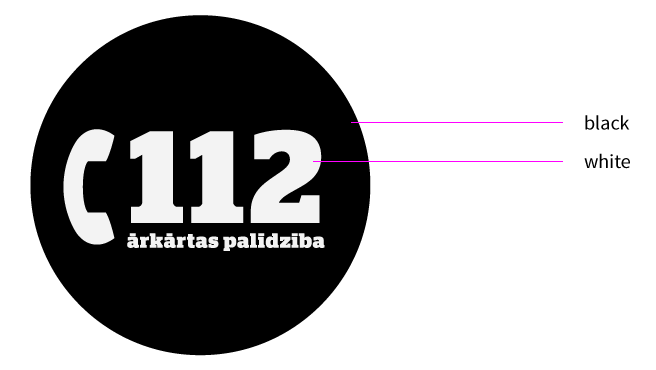Can a 2-color logo be red, black and white? I'm thinking that maybe white doesn't count because it's the background color?
Does a 1-color logo need to be literally black with a transparent background?
Can a 2-color logo be red, black and white? I'm thinking that maybe white doesn't count because it's the background color?
Does a 1-color logo need to be literally black with a transparent background?
Yes, you can have a 2 colors logo with red, black and white.
If you speak of standard printing (paper, stock), white is the absence of color.
If you were asked for a 2 colors logo, it's probably to be able to print it in 2 colors Pantone (savings on inks) and because the person doesn't want a rainbow of colors for his/her logo.
But if you're creating a logo specifically for something that will be used on vinyl or t-shirts for example, then white might count as a third color.
But in general, 2 colors means 2 colors and usually we don't count white as a color for a logo, especially if that white can be the background.
Edit:
Does a 1-color logo need to be literally black with a transparent background?
It can be any color (including black) with a transparent or white background.
In case you are wondering, you can also use different density/tint from that color (gradients or gray, for example) but know that a good logo should also be created in a way to be usable with that one color at 100% of its density, ideally.
The logo Dane Arts below uses 1 color but gives the illusion of using many colors because of the lighter butterflies but it's still a 1 color logo technically. And as you can see on the right, the same logo still look nice at 100% of density but lost a little bit of its clarity/details.
Even if you don't plan to use the logo for special printing projects it's important for simple every day tasks in an office to have a logo that can print well and has a good contrast no matter what; for example, photocopies don't always reproduce the contrast properly. A black at 70% (gray) with other elements at 100% (real black) close to it might just end up looking all 100% black, and the lighter parts of the logo that very light gray might become white once photocopied! So you need to plan your logo for that kind of situation too.
Lot of designers provide to their clients 2-3 versions of the same logo; one with the color(s), one in grayscale and one in "pure black", etc.
Example:
You can also see the 2 colors version on the top part and 1 color in the middle, and the different ways to do it.
Let's talk about it with examples.
So, here we have logo, that have red, black and white in it. This is three color logo.

And here is the same logo made in two colors.

Let's say, we want to put three-color version on blue background. We don't have blue in our logo, so we can't compensate some color with background and we will need to make three color print.
In the same time, if the car would be the same red as our logo, we could only print white and black and still get our three-color logo correct.
The logo remains three-color, but one color is compensated by background. Usually you do this by compensating white (because usually you print on white paper), in this case you compensate red, because you print on red car.
It doesn't matter, what colors are in your logo, what matters - what is a background of medium you are putting your logo on.
Now, let's switch to black-and-white logo. The black part only means, what area should be different. Let's say you have some cards with photo of fire in the woods and you would like to put one-color logo on them. Just make white stamp of your one-color logo and put them on cards.
So it doesn't mean it should be black. Just black is easy to see when you opening document and preparing it for use in print or something other.
For example, you can use the same one-color logo to cut it out from something supercolorful and you still will be using one-color logo.
Generally when people talk about how many colors in a logo it originates from print design, and they were referring to which colors they'd have to mix to print the design. It's helpful to consider this when thinking about how many colors in a logo, generally instead of using white ink they'd knock it out to reveal the background color, you don't have to consider white a color.
TL;DR: yes, a 2-color logo can be red, black, and white.
It depends on whether or not white will be printed as ink or not.
On white paper? 2 color logo. Screenprinted on a green shirt? 3 color logo.
For print production, white never counts as a "color". White is the stock the piece is printed on. A 1 color logo is black... it prints black. White doesn't print.
So yes, a 2-color logo could be red and black.
The exceptions to this are silk screening and gravure printing. With those production methods white may indeed need to be printed. But generally those are special circumstances for specific production needs. So the white, while being a third color, isn't initially considered a color for the logo design.